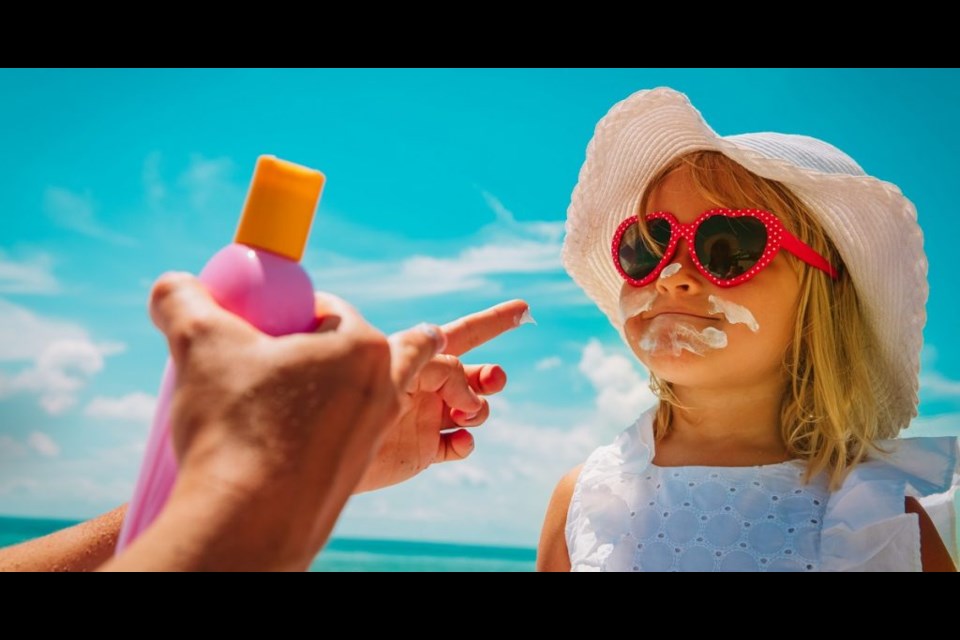National Safe Sun Week, founded by MedStar Health in 2021, is observed annually during the week before Memorial Day. This third annual National Safe Sun Week is May 22-28.
The Memorial Day weekend embraces the start of summer and health professionals seek to raise awareness of the best practices to follow when it comes to sun exposure, ensuring that everyone remains safe as they enjoy the spoils of the warm weather, due to the sun’s damage and skin cancer affecting people of all skin tones.
The goal of National Safe Sun Week is to empower everyone to go outside this summer and enjoy themselves while staying safe and healthy, according to MedStar Health.
They are reminding everyone that the sun is at its strongest from 10 a.m. to 4 p.m. and that the most important time to reapply sunscreen is every two hours. In addition, they say ideally, you need to wear sunglasses that block 99% or 100% of UVA and UVB rays.
It was against this backdrop of caring for and educating others on “safe sun” behavior that National Safe Sun Week was created by MedStar Health. The holiday embodies a “care for the whole person” approach and is a week devoted to open and honest communication about sun protection.
"The first step in educating those in our community on how to protect their skin against the sun’s harmful UV rays is reminding others to get an annual skin check, as well as providing warning signs and advice on how to avoid other sun-related risks such as heatstroke, dehydration and when it’s time to call the doctor," according to MedStar Health.
They offer these five tips to avoid heat exhaustion:
-
Stay hydrated. Heat exhaustion occurs when your body starts to lose the ability to regulate its core temperature so staying hydrated is an excellent way of managing your body's temperature and is particularly important when you’re exercising.
-
Dress appropriately. Make sure that your wardrobe contains an umbrella, sunglasses that block out 99% or 100% of UVA and UVB rays, light-colored and loose-fitting clothes and a wide-brimmed hat.
-
Be aware of the time. If you’re outside during the sun’s peak hours (between 10 a.m. and 4 p.m.) then the heat index is likely to be much higher. Check the heat index online — if it is 90 or above, then it’s recommended that you’re especially careful about how much time you choose to spend outdoors.
-
Don’t overdo it. Whether you’re drinking alcohol or exercising, it’s best to avoid doing both of these excessively in extreme heat.
-
Know the signs. Keep an eye out for symptoms of heat exhaustion. These include fatigue, headaches, dizziness, excessive sweating and nausea. If you think you may be at risk, seek medical assistance immediately.
"Spending all day on the beach may sound like a dream, but many of us have seen firsthand the impact that the sun can have. Skin cancer is a very real danger. According to the Centers for Disease Control and Prevention (CDC), it’s the most prevalent form of cancer in the United States. New cases of potentially deadly melanoma, a common type of skin cancer, doubled between 1982 and 2011. The CDC suggests that, by using community prevention programs, an estimated 21,000 new cases of melanoma could be avoided each year," according to MedStar Health.
They said community is at the heart of National Safe Sun Week: "We should work together to raise awareness and encourage people to remain safe and protected against the sun while they’re enjoying it."
Visit their website at nationaltoday.com/national-safe-sun-week.



